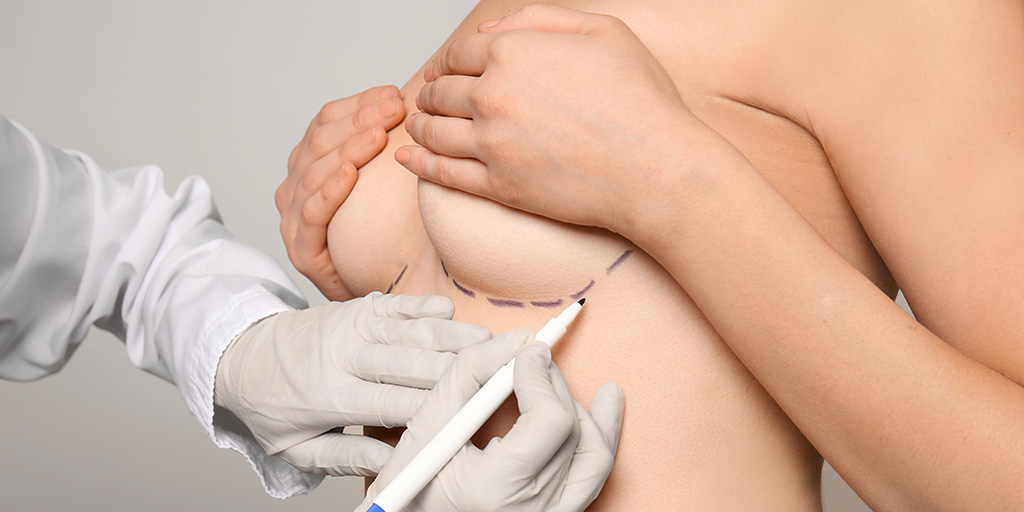- Çalışma Saatleri
- 24 Saat Açık
- Turkey, İstanbul
- Altıntepe, Cihadiye Cd. No:40, 34840 Maltepe
Meme Dikleştirme

İstanbul'da Göğüs Dikleştirme
Memelerin sarkması birçok farklı nedenden kaynaklanmaktadır. Mastopeksi ameliyatı, meme dikliğinin doğal bir şekilde sağlanmasını hedefler. Bu cerrahi operasyon vücutta gereksiz deriden kurtularak meme dokusu sıkılaştırma işleminin yapabileceği biyolojik düzeltmeyi amaçlamaktadır. Göğüslerin sarkması göğüs dokusunun yapısının yanı sıra kilo alma-verme, hamilelik ve emzirme dönemlerinde oluşan süt akıntısından da kaynaklanabilir. Genel olarak, bu koşullar çoğu zaman tedavi edilmezse ciddi estetik sonuçlar oluşturur. Ancak modern plastik cerrahi teknolojileri, göğüs sarkması problemlerini önemli ölçüde azaltmak için benzersiz çözümler sunmaktadır.
Kısa Bilgiler
Çalışma Süresi : 1-2 Saat
Anestezi : Lokal Anestezi - Genel Anestezi
Teknikler : Kapalı
Net Sonuç : 6 Ay
Göğüs Kaldırma Adımları
Meme Dikleştirme Ne Yapar?
Meme büyütmenin farklı yöntemleri vardır. 3D Model Meme Büyütme tekniğinde kişinin meme fotoğraflarını çözünürlük şartlarına göre çekiyoruz. Bu fotoğraflar desteklenen 3D simülasyon cihazlarının yazılım yardımıyla bu kişinin en doğru 3D modelini oluşturuyoruz ve elde edilen sonucu kişiye sunuyoruz. Hologram Meme Büyütme sizlere meme büyütmeden önce ve sonrasında üç boyutlu modeller hazırlayarak, size muhteşem bir meme görseli sunmaya yardımcı oluyor. Keller Huni Meme Büyütme Yöntemi, silikon implant uygulaması sırasında bir el teması olmadan yerleştirmenin mümkün olmasını sağlar. Bireyler, meme büyütme operasyonu öncesindeki meme boyutunu gözlemleyebilir. Mastopeksi ameliyatlarında, sarkan memeye güvenli bir şekilde kesi imal etmek için uzman desteği alınmalıdır. Ayrıca derideki fazlalık çok dikkatli olarak alınarak yaşlanmamalara yardımcı olacak ve daha genç ve güzel görünecektir. Dikişler uygulanırken estetik unsurlar önemlidir ve dışarıdan belli olmamasına özen gösterilir. Meme dikleştirme ameliyatları genellikle yaklaşık 3 saat sürer, ancak bu zaman süresi doktorunuzun amacı olan en iyi ve estetik sonuca ulaşmak için değişebilir. Anestezi ile yapılan Mastopeksi incelemeleri ve operasyonlar, beklenenden daha hızlı bir şekilde gözlenmektedir.
Kimler Meme Dikleştirme İşlemi Yaptırabilir?
Eğer sarkık göğüslerinizden memnun değilseniz, mastopeksi size uygun olabilir. Ameliyat sonunda, istediğiniz boyutta dik ve şekilli göğüslere sahip olacaksınız ve bu sayede çok daha iyi hissedeceksiniz. Ameliyat prosedürü değişebilir; koltuk altı meme dikleştirme yönteminde koltuk altında bir kesi ile ameliyat planlaması yapılır ve yatay mastopekside meme başı ile meme altı arasındaki boşlukta dikey bir kesi kullanılmaktadır. Göğüs altı kıvrımı üzerinde yapılan yatay bir kesi sayesinde, mastopeksi işlemi gerçekleştirilmektedir. Aşırı kilo kaybından sonra göğüsleri sarkan kişilerde de mükemmel sonuçlar vermektedir. İşlemden önce mutlaka memenizin hangi boyutuyla en uygun olacağına karar vermeniz gerekmektedir. Hastalar ameliyattan sonra oluşabilecek yara izlerini sarkık göğüslere tercih etmektedirler.
Meme Dikleştirme Sonrası İyileşme
Bir meme dikleştirme ameliyatından sonra günlük hayata dönüş yaklaşık yedi gün sürer. Daha sonra, operasyonu yaptıran kişiler için özel durumlar mevcuttur; bunlar ağırlık kaldırmamak ve çalışmamaktır. Mastopeksi’nin iyileşmesi 4 hafta sürebilir. Bu normal olan bir durumdur. Son olarak, meme dikleştirme ameliyatından ne beklenmeli sorusu ise, özellikle ameliyat öncesi ve sonrasında sıkça sorulan bir sorudur. Meme ameliyatları, tıbbi duruma bağlı olarak çoğu kişi için pozitif sonuçlar verebilir. Ancak şişlikler geçmedikçe tam olarak ne olduğunu görmek mümkün olmayabilir. Ameliyat yaptıran insanların çoğu bu operasyondan memnun oluyor ve çevresindekilere tavsiye ediyor.
Meme Dikleştirme Fiyatı
Mastopeksi fiyatları her cerrahiden ve merkezden merkeze değişebilir. Bu nedenle, öncelikli olarak meme dikleştirme operasyonundan beklenen sonuçların başarılı olması ve mümkün olan en yüksek memnuniyetin sağlanması gerekir. Türkiye, meme dikleştirme için en çok tercih edilen ülkelerden birisidir. Bu ameliyat için sunulan fiyatlar ise operasyonun sağlayacağı memnuniyet açısından bakıldığında gayet uygundur.
Meme Dikleştirme Ne Kadar Sürer?
Kalıcılık deneyimleri her birey için farklıdır. Yaş, genetik faktörler, sağlık ve beslenme alışkanlıkları gibi etmenler bu deneyimi etkileyebilir. 10 ile 15 yıllar arası nispeten daha sürekli bir kalıcılık aralığı oluşturur.
Hızlı Randevu için Formu Doldurun!
Sağlıklı Günler Dileriz.
- +90549 540 69 40
- [email protected]
- 24 Saat Açık
